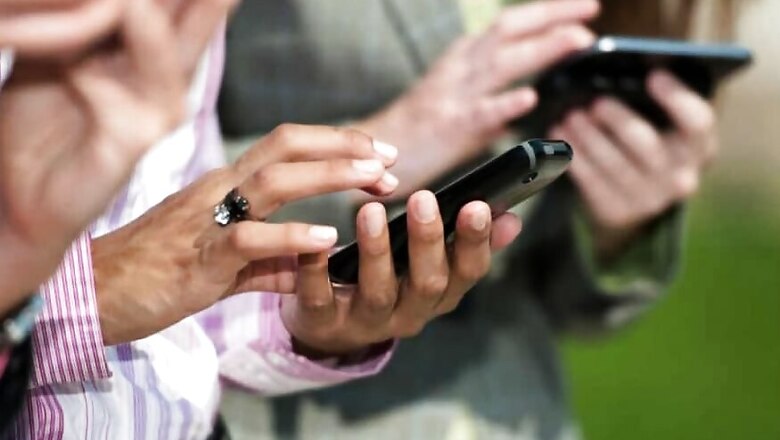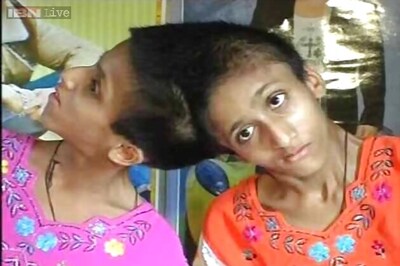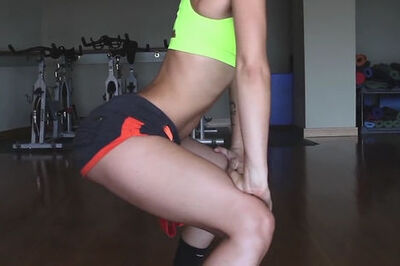
views
New Delhi: The socially and educationally backward Muslim community in India is second only to the upper caste and much ahead of other marginalised communities like Dalits and Scheduled Tribes in their exposure and usage of the social media, a study by the Centre for the Study of Developing Societies (CSDS) has found.
The analysis suggests that social media space continues to be dominated by upper castes who, the report said, are twice as likely to have high or moderate exposure to social media as Dalits and tribals.
The report is an analysis of the growth of online social networking sites and apps in India and their role in shaping political preferences and attitudes in the recently concluded Lok Sabha elections. The report further found that the BJP-led NDA did better among those upper caste voters who reported having greater exposure to social media than those who didn’t.
As per study, carried out under Lokniti programme of CSDS, upper castes are most likely to be highly active on Facebook, WhatsApp, YouTube, Twitter and Instagram compared to other communities and this has remained consistent for the last five years. Muslims have fared second best in this regard, and Dalits and tribals fare the worst.
Lokniti’s 2019 survey found 15 percent upper castes to have high social media usage, while among Dalits and tribal communities, high usage was at 8 per cent and 7 per cent, respectively. Nine per cent OBC communities reported high usage of social media.
At the other extreme — those who don’t have access to social media at all — the gap is even wider among communities. While 75 per cent tribals and 71 per cent Dalits were found to have no social media exposure, this number was relatively lower for upper castes at 54 per cent.
The analysis found that upper castes continue to occupy the greatest share (higher than their overall share in the country’s population which is around 20–22%) on two of the most popular social media sites — Facebook and WhatsApp.
For instance, in 2017, upper castes formed 30 per cent of the total user base of WhatsApp and Facebook, which in 2019 was found to be just one percentage point less at 29 per cent. Dalits, on the other hand, showed a two point increase.
Twitter shows a slightly better result with regard to Dalits. The community’s share in Twitter’s total usage has risen by four points in the last two years, from 8 per cent to 12 per cent. At the same time, the proportion of tribal users on Twitter has gone down in the last two years from 10 per cent to 6 per cent.
Interestingly, the Muslim community, a large section of which is educationally and economically as backward as the Dalit and tribal community, performs rather well when it comes to social media usage. The minority community’s exposure to social media was found to be second only to that of the Hindu upper castes. Around one-fifth of them were found to be exposed to social media either strongly or moderately, which is even greater than the exposure recorded among Hindu OBCs.
The report is based on nationwide surveys conducted in April–May 2019, May 2018, May 2017 and April–May 2014. A total of 24,236 voters were interviewed in 211 parliamentary constituencies in 26 states.
The states in the southern, western and northern parts of the country show the highest levels of exposure/usage to social media platforms and are twice as likely to have high exposure to social media as the states in the eastern part of the country.
An analysis by economic background reveals that upper and middle classes are still more likely to use social media platforms frequently than the economically worse-off sections.
The CSDS survey found the richest voters to be twice as likely to use social media sites greatly or regularly in comparison to voters from the lower class. Over two-thirds of voters from the lower class and four-fifths from the poorest sections were found to have no exposure to social media at all.
Though smartphone ownership in India at the moment is highly unequal across all castes and communities, and gender-wise, the increasing ownership of smartphones is clearly determining social media usage. The proportion of the voters who have an internet connection on their mobile phones has gone up from 21 per cent (2017) to 34 per cent (2019).




















Comments
0 comment